Species of ducks include the domestic duck (Anas platyrhynchos domesticus), the mallard (Anas platyrhynchos), the ruddy pochard (Spatula cyanoptera), and the torrent duck (Merganetta armata). Ducks are water birds in the family Anatidae, which has several species. Would you like to learn about some of them?
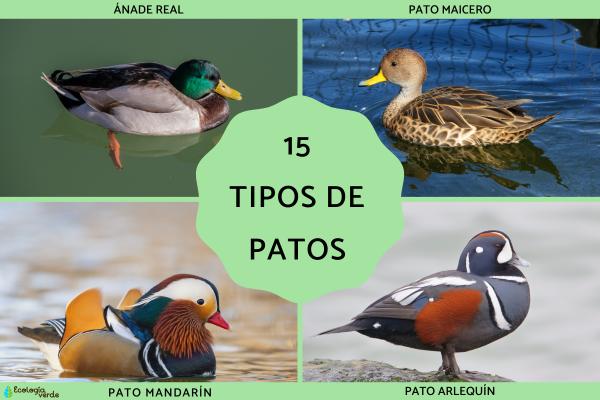

Domesticated from the wild mallard (Anas platyrhynchos), it features white plumage, orange bill and legs, and weighs 3–4 kg. Initially bred for meat, now also kept as pets.
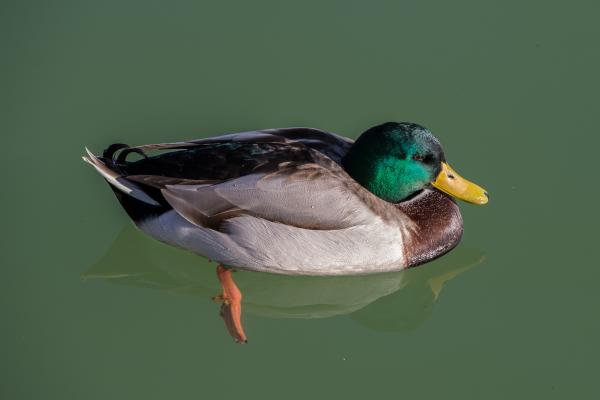
Common in temperate regions of the Northern Hemisphere, introduced in Australia and New Zealand. Migrates south in winter. Males have glossy green heads with a white ring; females are brown. Omnivorous and often seen in urban parks and shallow waters.
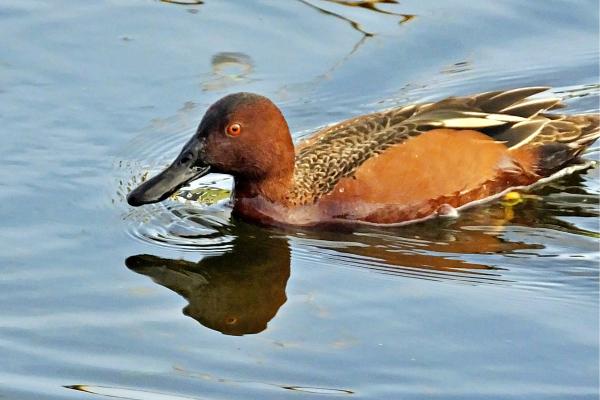
Native to the Americas, from southern Canada to Tierra del Fuego and the Falklands. Males are red with red eyes; females are tan. Omnivorous and nest near low vegetation by water. Lays up to 10 eggs.
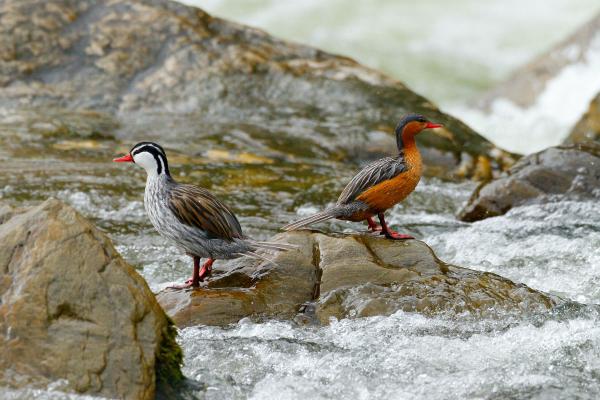
Found in cold, fast-flowing streams of South America, from Venezuela to southern Argentina. Sexually dimorphic: males are black and white; females are gray and cinnamon. Feeds on insects and mollusks; nests under rocks.
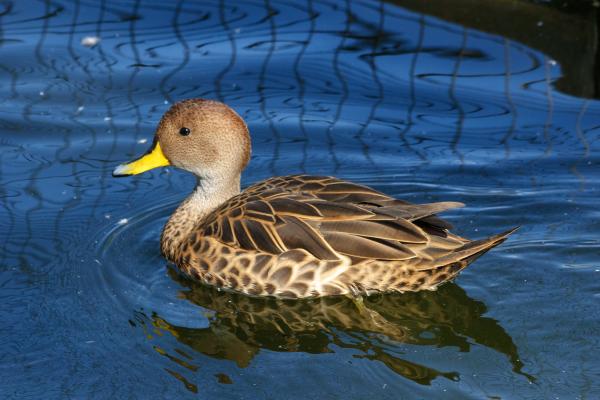
Inhabits lakes, marshes, and wetlands of South America. Brownish plumage, yellow bill, gray legs. Eats invertebrates, vegetation, and grains. Nests in ground depressions with grass and feathers.

Native to Asia, now naturalized in parts of Europe. Prefers small wetlands with dense vegetation. Males are vividly colored; females are brownish. Eats nuts, seeds, aquatic plants, and invertebrates.
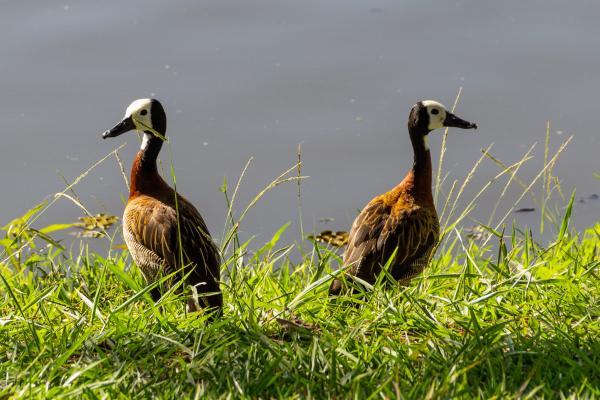
Found in the Americas and Africa. Named after its “sirirí” call. Males and females look alike: white face, brown body with black and white flanks. Crepuscular, sedentary, and forms large groups in shallow, vegetated waters.
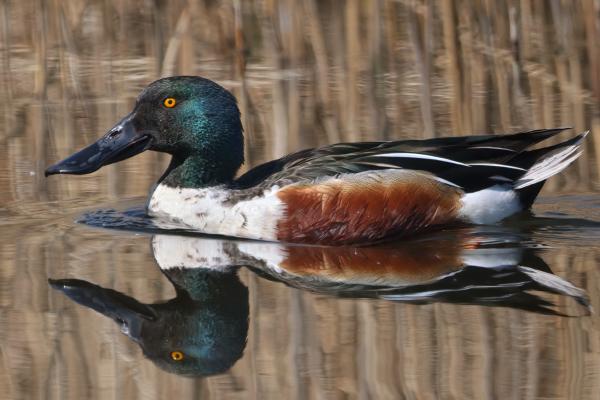
Widespread migratory duck in North America, Europe, and Asia. Known for its wide, spatula-shaped bill used to filter plankton, insects, and seeds. Males: green head, white chest, brown flanks. Females: mottled brown.

Also called Cinnamon Teal. Found throughout the Americas. Northern breeders migrate south in winter. Prefers freshwater marshes, lakes, and dense aquatic vegetation. Males have bright blue bills.
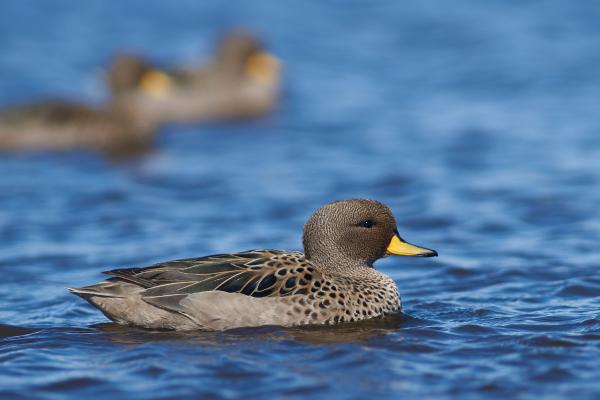
Endemic to South America; found in Argentina, Chile, and Falklands. Migrates to Uruguay and Brazil in winter. Resembles Anas georgica but with shorter neck and tail. Lives in aquatic environments up to 4,400 m altitude.
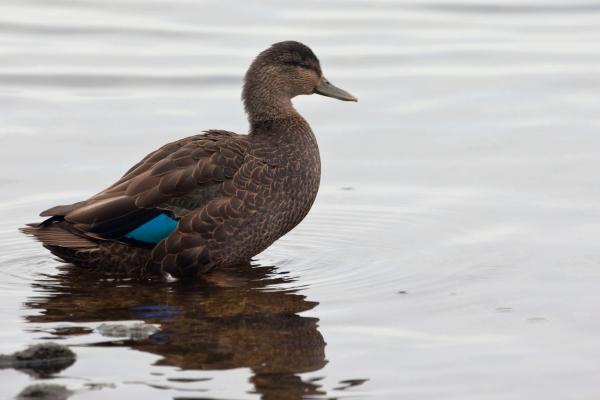
Found in North America, especially Great Lakes and Adirondacks. Dark plumage with bluish wing gloss. Feeds on aquatic plants, insects, and crustaceans. Hybridizes with mallards.

Native to Central and South America; widely domesticated. Black-and-white plumage, red facial caruncles. Eats plants, seeds, small fish, and invertebrates. Roosts on trees. Two subspecies: domestic (C. m. domestica) and wild (C. m. sylvestris).
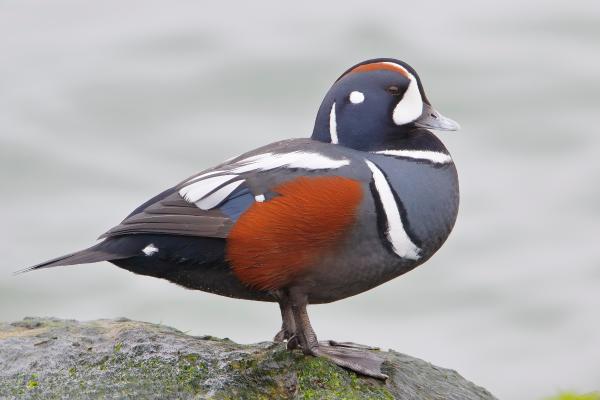
A striking species and the only one in its genus. Two subspecies recognized. Inhabits cold, turbulent rivers and lakes in northern North America, southern Greenland, eastern Russia, and Iceland.

Only member of its genus and subfamily, native to southern Australia. Protected due to habitat loss. Medium-sized with dark plumage speckled with white. Excellent flyer but clumsy at landing.
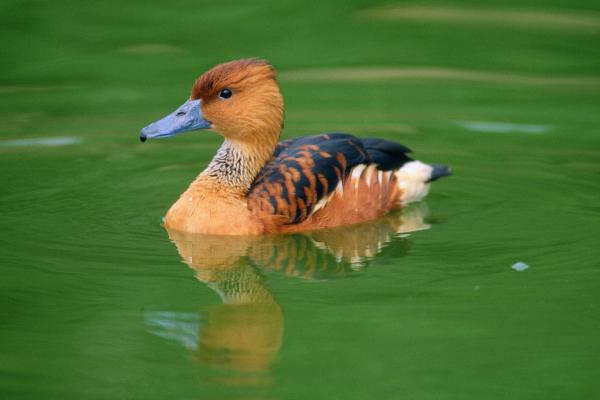
Brownish-red plumage, dark bill and legs. Found in wetlands from the U.S. to Argentina. Eats aquatic plants, seeds, and insects. Highly social, often seen in large flocks, known for its distinctive whistling during flight.
animal tags: ducks
We created this article in conjunction with AI technology, then made sure it was fact-checked and edited by a Animals Top editor.